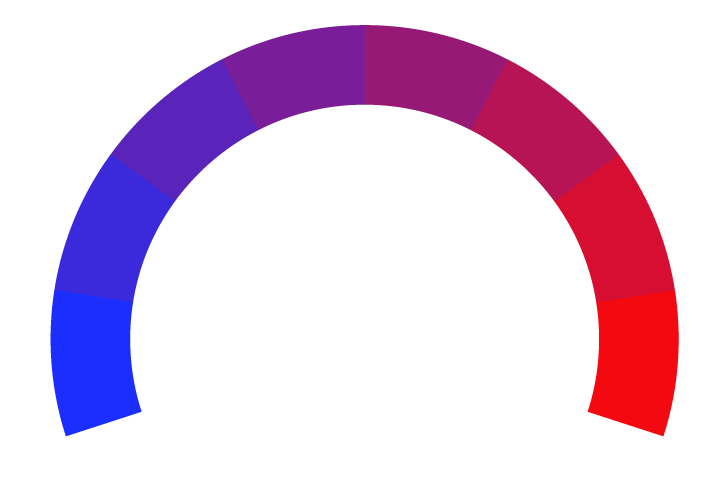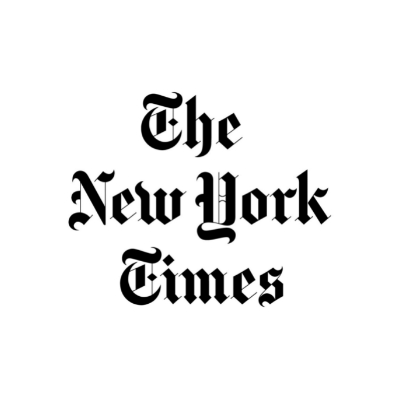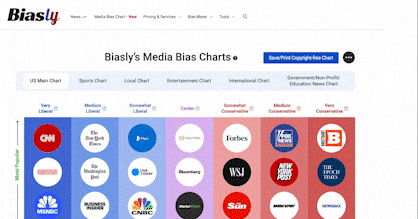The Biggest Medicaid Cut Left for House Republicans Would Hit Red States Hardest
- Bias Rating
- Reliability
75% ReliableGood
- Policy Leaning
10% Center
- Politician Portrayal
-42% Negative
Continue For Free
Create your free account to see the in-depth bias analytics and more.
By creating an account, you agree to our Terms and Privacy Policy, and subscribe to email updates.
Bias Score Analysis
The A.I. bias rating includes policy and politician portrayal leanings based on the author’s tone found in the article using machine learning. Bias scores are on a scale of -100% to 100% with higher negative scores being more liberal and higher positive scores being more conservative, and 0% being neutral.
Sentiments
-4% Negative
- Liberal
- Conservative
| Sentence | Sentiment | Bias |
|---|---|---|
Unlock this feature by upgrading to the Pro plan. | ||
Reliability Score Analysis
Policy Leaning Analysis
Politician Portrayal Analysis
Bias Meter
Extremely
Liberal
Very
Liberal
Moderately
Liberal
Somewhat Liberal
Center
Somewhat Conservative
Moderately
Conservative
Very
Conservative
Extremely
Conservative
-100%
Liberal
100%
Conservative

Contributing sentiments towards policy:
56% : But not all red states would be spared: North Dakota, for example, has a robust natural gas industry that makes it a wealthy state; it has a low matching rate and has expanded Medicaid.55% : It gives less money to richer states that can better support Medicaid with their own tax dollars.
55% : In Mississippi, the rate is 77 percent, and the federal government pays about three dollars for every one dollar of state funding.
52% : "The headline number of the reduction in federal spending is similar, but everything else is extremely different," said Morgan Henderson, a health economist with The Hilltop Institute at the University of Maryland-Baltimore County, which has been analyzing Republican Medicaid proposals.
51% : (North Carolina, a swing state that voted for President Trump and that has a Democratic governor, may also experience large effects, which the analysis doesn't capture; the state expanded Medicaid, and phased in a large provider tax, shortly after the measurement period used to crunch the numbers.)
48% : The reason the C.B.O. expects these policies to save so much money is that the analysts there assume states will choose a mix of these reactions, some of which, like reversing Medicaid expansion, will reduce federal spending by even more than the direct cut.
47% : Trump Administration: Live Updates Updated May 8, 2025, 11:39 p.m.
46% : But they have considered only two major policy pathways that can deliver the bulk of the $880 billion in spending cuts that the House committee overseeing Medicaid has been charged with finding.
44% : Some might reduce enrollment in Medicaid by dropping optional populations: Twelve states that expanded Medicaid have laws that require them to either automatically drop the expansion if the match rate declines or to formally study the question.
38% : "You're not just going to say, 'Provider taxes are gone, we're going to cut it from the hospitals,'" said Alice Middleton, Hilltop's interim executive director, who previously worked at the federal agency that oversees Medicaid.
35% : There are four Southern states -- South Carolina, Mississippi, Alabama and Tennessee -- that arguably have the most at stake in which way Congress cuts Medicaid.
32% : The remaining big cut on the table, limiting the way states use a tax loophole to increase federal spending on Medicaid, would save $668 billion, mostly by reducing Medicaid spending in poorer, Southern states.
27% : Trump declares a Biden-era effort to expand high-speed internet access 'racist' and 'unconstitutional.' The alternative version that's still alive Mr. Johnson moved on from changes to the Medicaid expansion matching rates Tuesday afternoon after meeting with moderate Republicans -- many of whom represent districts in Democratic-led states.
*Our bias meter rating uses data science including sentiment analysis, machine learning and our proprietary algorithm for determining biases in news articles. Bias scores are on a scale of -100% to 100% with higher negative scores being more liberal and higher positive scores being more conservative, and 0% being neutral. The rating is an independent analysis and is not affiliated nor sponsored by the news source or any other organization.






















 NY Times
NY Times